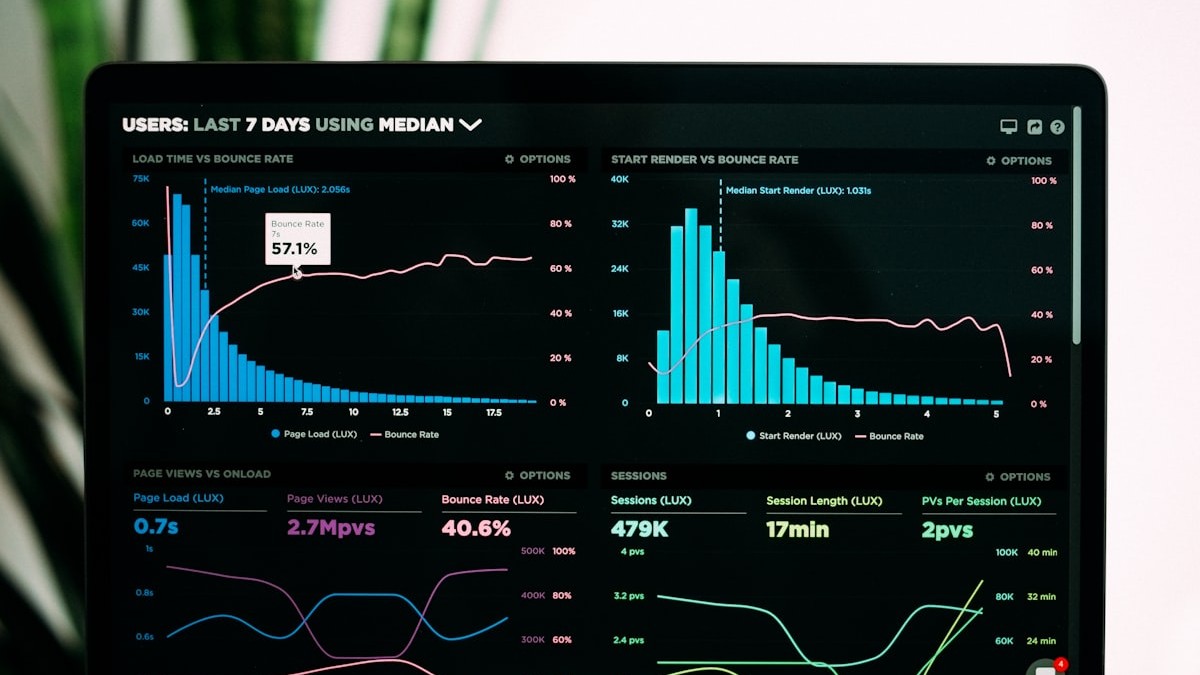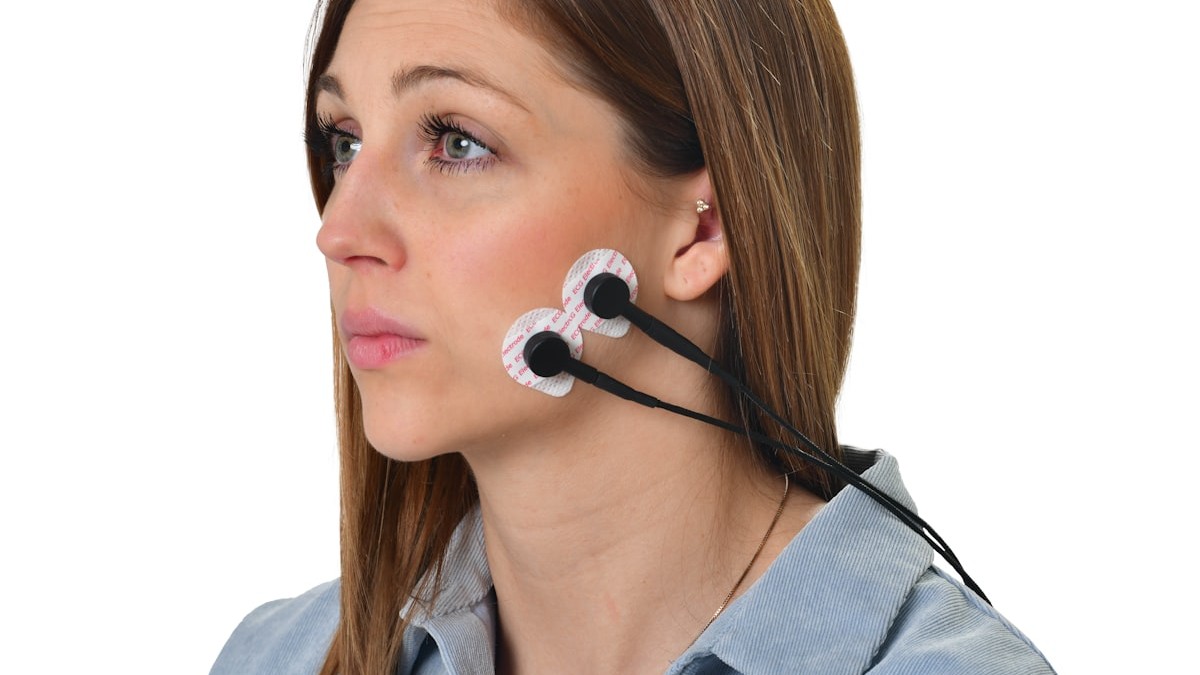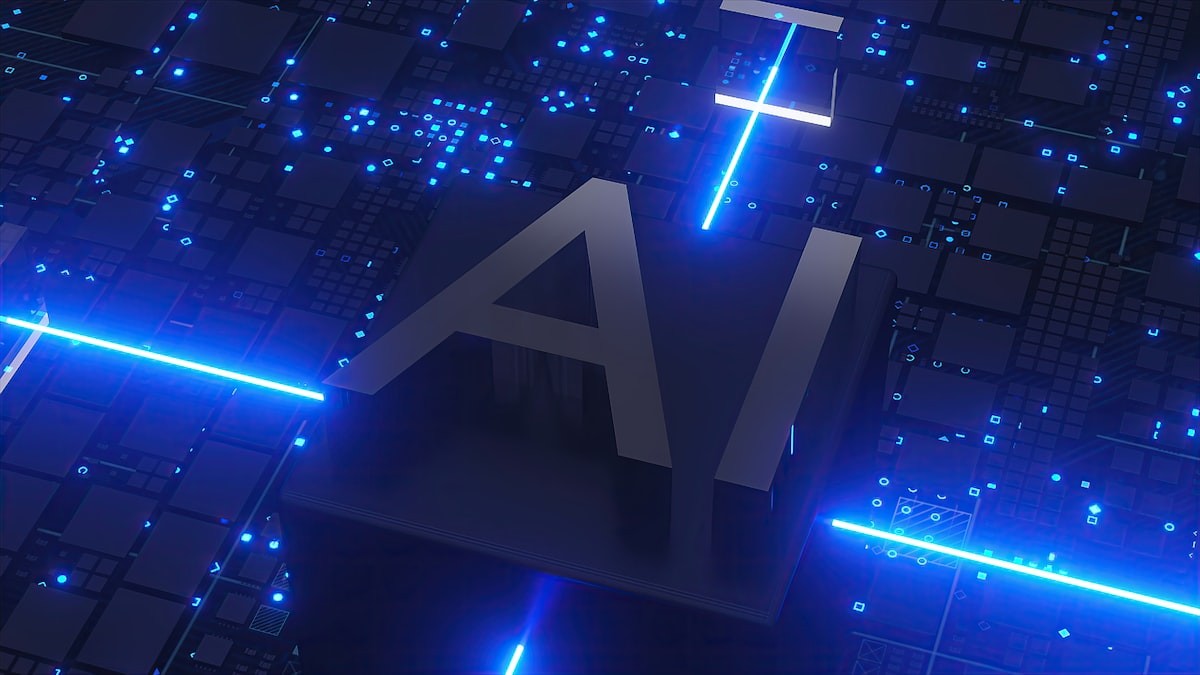Text to Image AI: Master Image Generation From Text Prompts
The rise of artificial intelligence has ushered in an era of unprecedented creative possibilities. Among the most groundbreaking advancements is image generation from text prompts, a technology that empowers anyone to create stunning visuals simply by typing a description. This article delves into the world of AI-powered image creation, exploring its practical applications, current trends, and future potential. We'll cover everything from the underlying technology to crafting effective prompts that yield breathtaking results. Get ready to unlock your creative potential with the power of AI!
1. Understanding Image Generation from Text Prompts
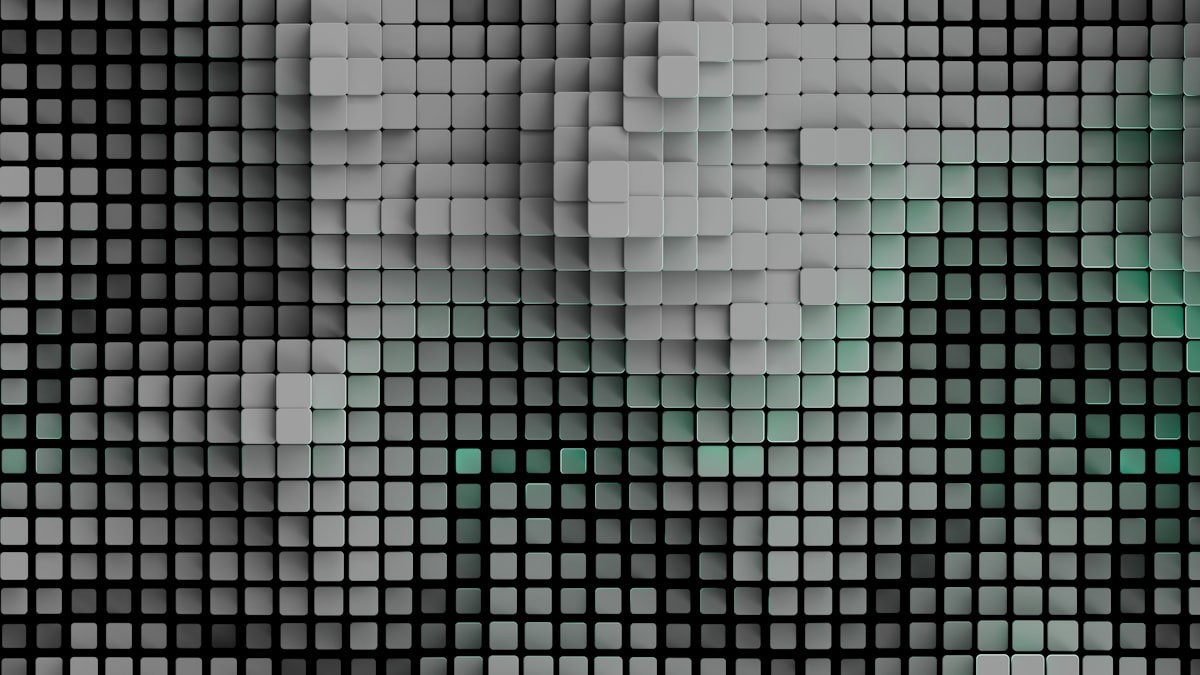
a black and white photo of a man's face
At its core, image generation from text prompts involves using sophisticated AI models, particularly deep learning models, to translate textual descriptions into visual representations. These models are trained on massive datasets of images and their corresponding captions, enabling them to learn the complex relationships between words and visual elements.
How it Works: A Simplified Explanation
- Text Encoding: The process begins with encoding the text prompt into a numerical representation that the AI model can understand. This is typically done using techniques like word embeddings.
- Image Generation: The encoded text is then fed into a generative model, such as a Variational Autoencoder (VAE) or a Generative Adversarial Network (GAN), which generates an image based on the input.
- Refinement and Iteration: The initial image is often rough and may require further refinement. Advanced models use iterative processes to improve the image quality and ensure it accurately reflects the text prompt.
Key Technologies Powering Text-to-Image AI
- Generative Adversarial Networks (GANs): GANs consist of two neural networks, a generator and a discriminator, that compete against each other. The generator creates images, and the discriminator tries to distinguish between real and generated images. This adversarial process leads to the generation of highly realistic images.
- Variational Autoencoders (VAEs): VAEs learn a compressed representation of the input data and then use this representation to generate new images. VAEs are particularly good at generating diverse and creative images.
- Diffusion Models: These models work by gradually adding noise to an image until it becomes pure noise, then learning to reverse the process and generate an image from noise based on the text prompt. This approach often yields high-quality and coherent images.
2. Popular AI Image Generators: A Comparison
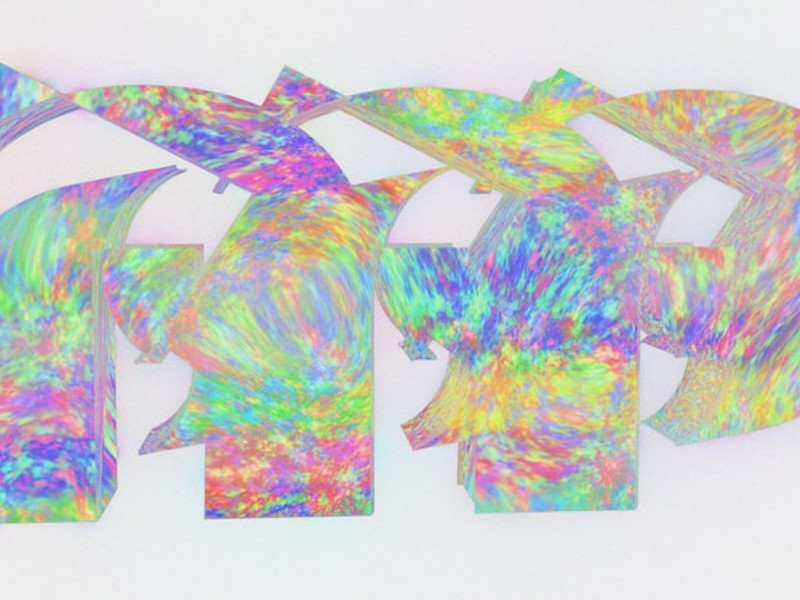
A picture of an elephant made out of paper
Several powerful AI image generators are available, each with its strengths and weaknesses. Here’s a comparison of some of the most popular options:
- DALL-E 3 (OpenAI): Known for its ability to generate highly detailed and creative images, DALL-E 3 excels at understanding complex prompts and producing photorealistic results. It's integrated with ChatGPT, making prompt creation more intuitive.
- Midjourney: Midjourney is renowned for its artistic and aesthetically pleasing images. It's particularly popular among artists and designers seeking unique and visually striking creations. Access is primarily through Discord.
- Stable Diffusion: Stable Diffusion is an open-source model, allowing for greater customization and control. It’s a favorite among developers and researchers who want to fine-tune the model to their specific needs. Offers excellent image quality and speed.
- Adobe Firefly: Integrated within the Adobe Creative Cloud suite, Firefly is designed for professional use. It focuses on generating images that are commercially safe and seamlessly integrate with Adobe's other tools like Photoshop.
- Google Imagen: While not as widely accessible as other options, Imagen stands out for its photorealistic image generation and ability to handle complex prompts with exceptional accuracy.
Choosing the Right Tool
The best AI image generator depends on your specific needs and priorities. Consider the following factors:
- Image Quality: How realistic or artistic do you want the images to be?
- Ease of Use: How user-friendly is the interface and prompt creation process?
- Customization: How much control do you want over the image generation process?
- Cost: What is the pricing model and what features are included?
- Commercial Use Rights: Can you use the generated images for commercial purposes?
3. Crafting Effective Text Prompts: The Art of AI Communication
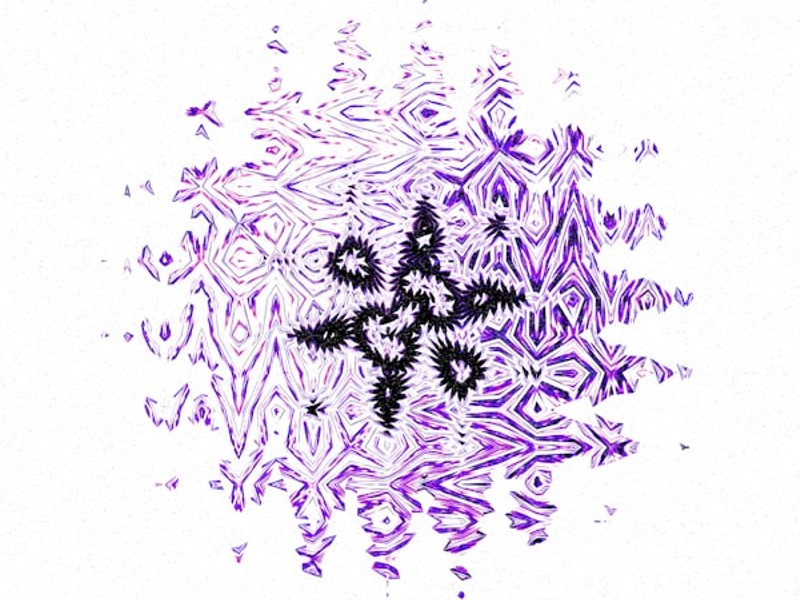
Purple abstract design on a white background.
The quality of the generated image is directly related to the quality of the text prompt. Mastering the art of prompt engineering is crucial for achieving the desired results. Here are some tips for crafting effective prompts:
Key Elements of a Good Prompt
- Specificity: Be as specific as possible about what you want to see in the image. Include details about the subject, setting, style, and mood.
- Descriptive Language: Use vivid and descriptive language to paint a clear picture for the AI model. Instead of saying “a cat,” say “a fluffy Persian cat with piercing blue eyes.”
- Keywords: Incorporate relevant keywords that the AI model is likely to recognize. For example, if you want a painting in the style of Van Gogh, include the keyword “Van Gogh” in your prompt.
- Modifiers: Use modifiers to further refine the image. For example, “photorealistic,” “hyperrealistic,” “abstract,” or “cartoonish.”
Examples of Effective Prompts
- “A photorealistic portrait of a wise old wizard with a long white beard, standing in a dimly lit library, surrounded by ancient books.”
- “A vibrant and colorful abstract painting of a tropical rainforest, with exotic flowers and lush vegetation, in the style of Henri Matisse.”
- “A futuristic cityscape at night, with towering skyscrapers, flying cars, and neon lights, in a cyberpunk style.”
Common Mistakes to Avoid
- Vague Prompts: Avoid using vague or ambiguous language. The more specific you are, the better the results.
- Overly Complex Prompts: While detail is important, overly complex prompts can confuse the AI model. Break down complex ideas into simpler components.
- Ignoring Style and Modifiers: Don’t forget to specify the desired style and use modifiers to further refine the image.
4. Practical Applications Across Industries
Image generation from text prompts has a wide range of practical applications across various industries:
Marketing and Advertising
- Creating Visual Content: Generate eye-catching images for social media, websites, and advertising campaigns.
- Rapid Prototyping: Quickly create visual mockups of product ideas and marketing concepts.
- Personalized Advertising: Generate personalized images based on individual customer preferences.
Design and Art
- Concept Art: Develop initial concepts for characters, environments, and props for games, movies, and animations.
- Digital Art: Create unique and original digital artworks using AI as a creative tool.
- Interior Design Visualization: Visualize interior design concepts and create realistic renderings of rooms.
Education and Research
- Visual Aids: Generate visual aids for educational materials, such as textbooks and presentations.
- Scientific Visualization: Create visualizations of complex scientific data and concepts.
- Historical Reconstruction: Generate images of historical events and figures based on textual descriptions.
E-commerce
- Product Mockups: Quickly generate product images for online stores without the need for physical prototypes.
- Lifestyle Photography: Create lifestyle images showcasing products in realistic settings.
- Personalized Product Visualization: Allow customers to visualize products in their own homes or environments.
5. Ethical Considerations and Challenges
While image generation from text prompts offers incredible potential, it also raises several ethical considerations and challenges:
Bias and Representation
AI models are trained on large datasets, which may contain biases. This can lead to the generation of images that perpetuate stereotypes or misrepresent certain groups of people. Addressing bias in training data is crucial for ensuring fair and equitable outcomes.
Copyright and Ownership
The question of copyright ownership of AI-generated images is complex and evolving. It's important to understand the terms of service of the AI image generator you are using and to ensure that you have the necessary rights to use the generated images for your intended purpose.
Misinformation and Deepfakes
AI-generated images can be used to create convincing deepfakes and spread misinformation. It's important to be aware of this risk and to develop strategies for detecting and combating the spread of AI-generated misinformation.
Job Displacement
The automation of image creation may lead to job displacement in certain creative fields. It's important to consider the potential impact on the workforce and to develop strategies for retraining and upskilling workers.
6. Future Trends in Text-to-Image AI
The field of image generation from text prompts is rapidly evolving, with several exciting trends on the horizon:
Enhanced Realism and Detail
AI models are becoming increasingly capable of generating highly realistic and detailed images. Future models will likely be able to produce images that are indistinguishable from photographs.
Improved Control and Customization
Users will have greater control over the image generation process, with the ability to specify more detailed parameters and customize various aspects of the image.
Integration with Other AI Technologies
Text-to-image AI will be increasingly integrated with other AI technologies, such as natural language processing and computer vision, enabling more sophisticated and seamless workflows.
Real-Time Image Generation
Real-time image generation will become more common, allowing users to see the results of their prompts instantaneously.
3D Image Generation
Future models will be able to generate 3D images and models from text prompts, opening up new possibilities for virtual reality, augmented reality, and 3D printing.
7. Optimizing Your Workflow for Image Generation
To make the most of image generation from text prompts, consider optimizing your workflow with these tips:
Experiment with Different Prompts
Don't be afraid to experiment with different prompts and variations to see what works best. Try different keywords, modifiers, and styles to explore the full range of possibilities.
Use a Prompt Management Tool
Consider using a prompt management tool to organize and track your prompts. This can help you keep track of your best prompts and quickly access them when needed.
Iterate and Refine
Image generation is an iterative process. Don't expect to get perfect results on the first try. Refine your prompts based on the results you get, and keep iterating until you achieve the desired outcome.
Combine AI-Generated Images with Traditional Tools
AI-generated images can be combined with traditional tools like Photoshop to further enhance and refine them. Use AI as a starting point and then add your own creative touches.
Stay Up-to-Date with the Latest Developments
The field of AI image generation is constantly evolving. Stay up-to-date with the latest developments by following industry blogs, attending conferences, and experimenting with new tools and techniques.
8. Getting Started with Image Generation from Text Prompts
Ready to dive into the world of image generation from text prompts? Here’s a step-by-step guide to get you started:
- Choose an AI Image Generator: Select an AI image generator that aligns with your needs and budget. Consider factors like image quality, ease of use, customization options, and pricing.
- Create an Account: Sign up for an account on the platform of your choice. Some platforms offer free trials or limited free usage.
- Craft Your First Prompt: Start with a simple prompt and gradually add more details and modifiers. Experiment with different styles and keywords.
- Generate Your Image: Submit your prompt and wait for the AI model to generate the image. This may take a few seconds or minutes, depending on the complexity of the prompt and the processing power of the platform.
- Review and Refine: Review the generated image and refine your prompt based on the results. Iterate until you achieve the desired outcome.
- Download and Use Your Image: Once you are satisfied with the image, download it and use it for your intended purpose. Be sure to check the terms of service to ensure that you have the necessary rights to use the image.
Image generation from text prompts is a powerful tool that can unlock your creative potential and transform the way you create visual content. By understanding the underlying technology, mastering the art of prompt engineering, and staying up-to-date with the latest developments, you can harness the power of AI to create stunning and original images. Start experimenting today and discover the endless possibilities of AI-powered image creation!
Conclusion
The power of image generation from text prompts is undeniable. From revolutionizing marketing to empowering artists, this technology is reshaping creative landscapes. By understanding the core principles, exploring available tools, and honing your prompt engineering skills, you can harness the potential of AI to bring your visions to life. Are you ready to explore the boundless possibilities of AI-powered image creation? Start experimenting today and unlock your creative potential!
FAQ
Q1: What is image generation from text prompts?
Image generation from text prompts is the process of using artificial intelligence (AI) models to create images based on textual descriptions or prompts provided by the user.
Q2: Which AI image generator is the best?
The best AI image generator depends on your specific needs. DALL-E 3 is known for its photorealism, Midjourney for its artistic style, and Stable Diffusion for its customizability.
Q3: How can I write effective text prompts for image generation?
To write effective prompts, be specific, use descriptive language, incorporate relevant keywords, and use modifiers to refine the image. Avoid vague or overly complex prompts.
Q4: Are AI-generated images copyrighted?
The copyright status of AI-generated images is complex and evolving. It's important to check the terms of service of the AI image generator you are using and to ensure that you have the necessary rights to use the generated images.
Q5: What are the ethical considerations of image generation from text prompts?
Ethical considerations include bias and representation, copyright and ownership, misinformation and deepfakes, and job displacement. It's important to be aware of these issues and to use AI image generation responsibly.
